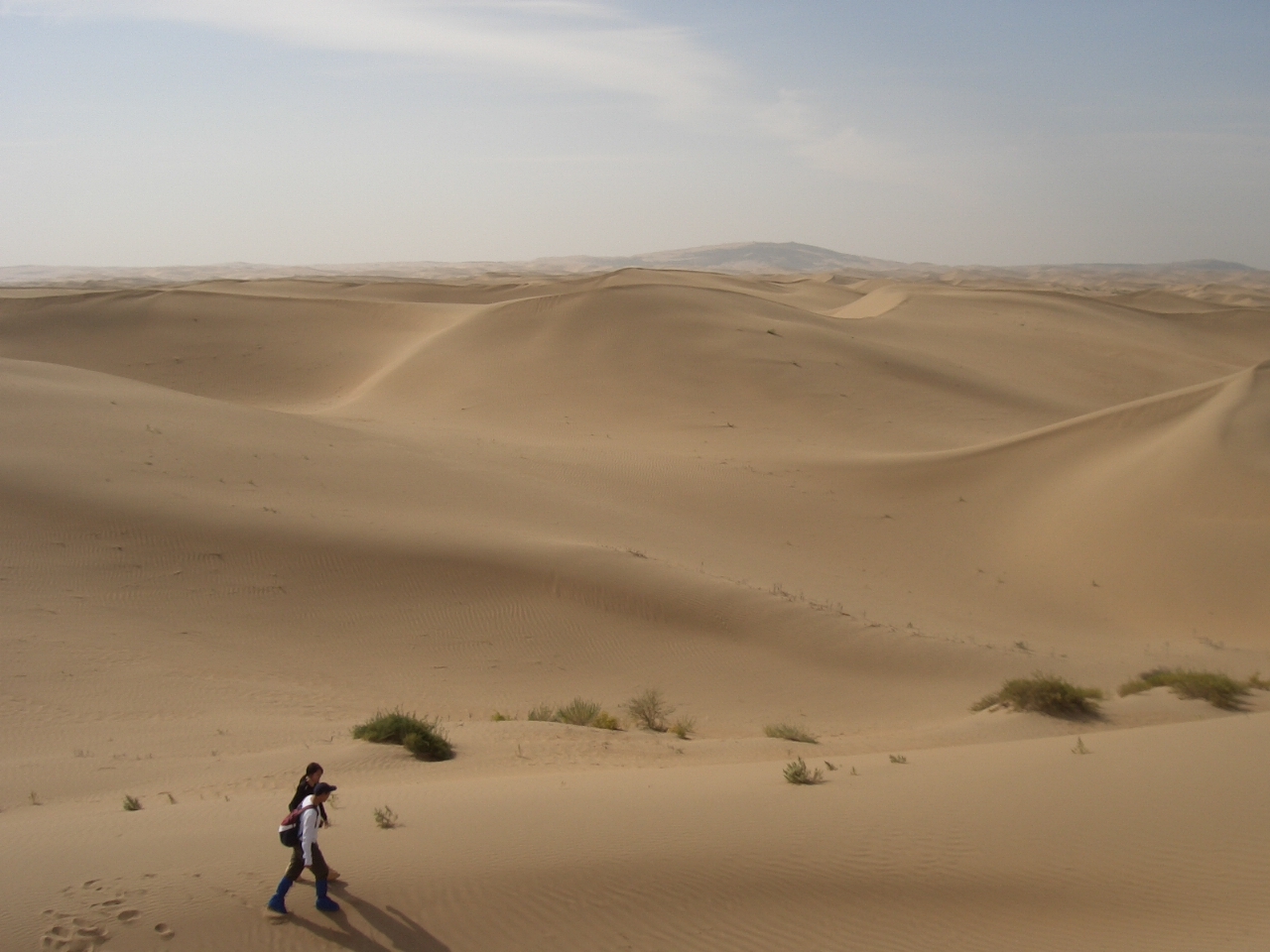 The idea of Mongolia as a tourist destination would have been unthinkable until a few years ago, but the last two decades since it rejected Communism has seen a big change in the country. Lying between Russia to the north and China to the south, Mongolia has some remarkable landscapes and is also the most sparsely populated country in the world. When most people think about Mongolia the first association they will make is with the twelfth century emperor Ghengis Khan, but there is a lot more to this unspoiled country than just history.
The idea of Mongolia as a tourist destination would have been unthinkable until a few years ago, but the last two decades since it rejected Communism has seen a big change in the country. Lying between Russia to the north and China to the south, Mongolia has some remarkable landscapes and is also the most sparsely populated country in the world. When most people think about Mongolia the first association they will make is with the twelfth century emperor Ghengis Khan, but there is a lot more to this unspoiled country than just history.
Ulan Bator
Ulan Bator is the capital of Mongolia, and although it is the financial capital of the country with a population of over a million people, it is still very much the cultural and spiritual heart of the country. The city was originally a Buddhist centre that would move regularly in the nomadic tradition of the Mongolian people, but settled in its current location in 1778. The industrialization of the city has led to Ulan Bator being an interesting combination of traditional buildings and Mongolian architecture combined with the modern business centre that is similar to other financial centers around the world.
Although the traditional architecture in Mongolia is similar to that found in China, a visit to the WinterPalace in the capital will emphasize its unique traits, and the artistic paintings and details are particularly impressive. There are also a number of museums tracing the great history of the country and the Mongol Empire under Ghengis Khan to be found in the city.
The Gobi Desert
For those people who crave the chance to visit the most remote parts of the world, a visit to the Gobi desert is one of the most interesting areas of Mongolia to visit. Despite its formidable landscape, there are a number of features of the Gobi desert that make it worth visiting, and one of these is the Flaming Cliffs. This site is one of the most important for the discovery of dinosaur fossils that had been preserved here, and is also very beautiful to see at sunset, where the reddish hue of the rock is exposed and lit up by the evening sun.
The Gobi desert is also home to the endangered species of the Bactrian camel, but this two humped camel is now a rare sight for those visiting the area.
Karakorum
This ruined city dates from the heyday of the Mongol Empire, and was often the capital of the empire between the thirteenth and seventeenth centuries. The city has been significantly excavated and now has a number of attractions for people interested in the Mongol Empire. It was here that the fourth emperor Mongke Khan commissioned the great sculpture of a large silver tree which was documented by a French papal envoy to the Mongols in the middle of the thirteenth century.
Today the Erdene Zuu monastery lies very close to the site of Karakorum, and visitors can explore the ruins as well as visit the monastery that was built by salvaging many of the materials from Karakorum.
Lake Khuvsgul
This freshwater lake lies close to the northern border of Mongolia, but is very important as it contains around seventy per cent of the fresh water in the entire country. This lake is part of a very attractive national park which is home to many animal species of note such as brown bears, ibex and elk. The ecological significance of the lake makes it of particular interest as it is one of the most pristine ancient lakes, and is over two million years old.
Amarbayasgalant Monastery
The large complex of the Amarbayasgalant Monastery is one of the few remaining monasteries to have survived the purges inflicted by Communist Russia in 1937. The monastery itself is now nearly three hundred years old, and is placed in an idyllic location at the foot of Mount Buren-Khaan. Although it is a significant journey to get to this remote spot, the Monastery is certainly in one of the nicest sites in the country.